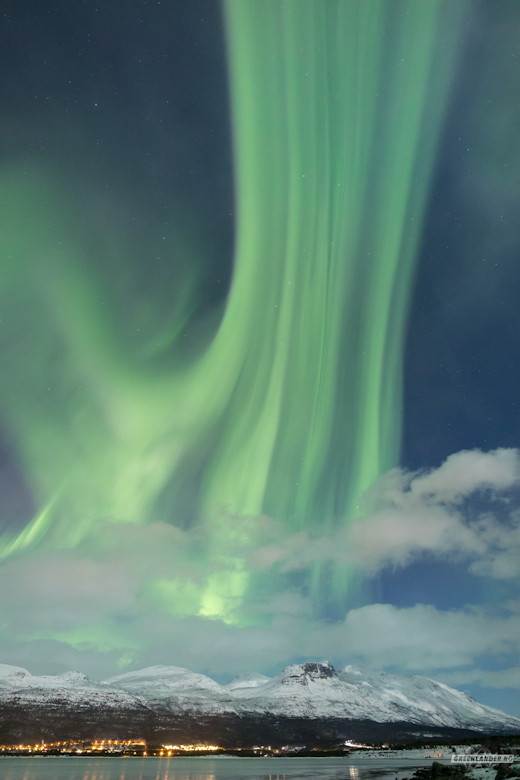One or possibly two active areas have appeared on the surface of the sun, so perhaps we are transitioning into the new Solar Cycle 25. One of these active areas is on the Western limb while the other has just appeared in the East.
Perhaps the February 2019 number of sunspots will be one of the lowest at 0.8 that we shall see in this current solar minimum.
However, it is still possible that many more months of low sunspot activity typical of a deep solar minimum will be seen, and that we have not yet reached the lowest point of this solar minimum. I can say this with some certainty because neither of these two new active areas show the reverse magnetic polarity of the next Solar Cycle 25 as they still have the [+/- magnetic polarity] indicative of Solar Cycle 24. The green or white spots are the positive magnetic polarity while the yellow or black spots are the negative magnetic polarity.
See today's image here at https://sdo.gsfc.nasa.gov/assets/img/la ... _HMIBC.jpg
We must be patient as time will tell perhaps in the next six to nine months.
Today NASA posted a solar image from the past, dating back to 2011, when we were just transitioning from the previous solar cycle 23 to the newly rising solar maximum of solar cycle 24. I have every reason to hope that this is a static image, but if it is not, I have saved an image on my hard drive.

In this image dating back to 2011, you will notice the presence of four active regions, each of which has a different magnetic polarity which shows the transitioning nature as 2011 is entering into the new solar maximum of solar cycle 24.
I will present the magnetic polarity in brackets below starting from right to left.
list One active region [-/+] having the reverse polarity of old solar cycle 23 in the northern hemisphere at the Western Limb (to your right) is leaving the solar disc.
(2) Another active region [-/+] having reverse magnetic polarity of old solar cycle 23 in the southern hemisphere is approaching the Western Limb.
(3) The third active region [+/-] in the northern hemisphere is approaching the center of the solar disc. This has the New polarity of solar cycle 24.
(4) The fourth active region [perpendicular polarity with respect to the solar equator with negative magnetic polarity on top, and positive magnetic polarity at the bottom] in the northern hemisphere is trailing the third active region. This is a rare sight. As it moves across the solar disc, it may or may not move into a new position with the new polarity of solar cycle 24. On the other hand, it may decay.[/list]

